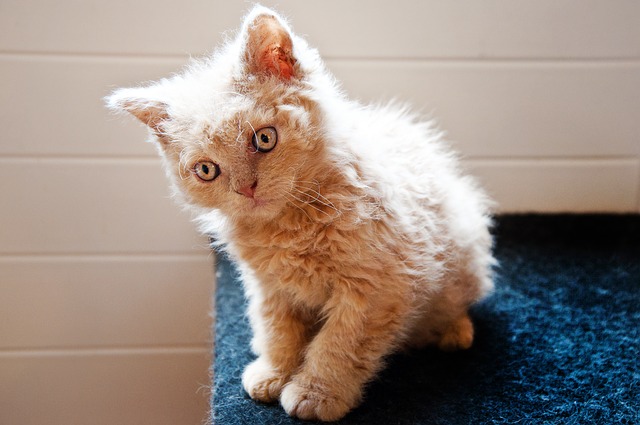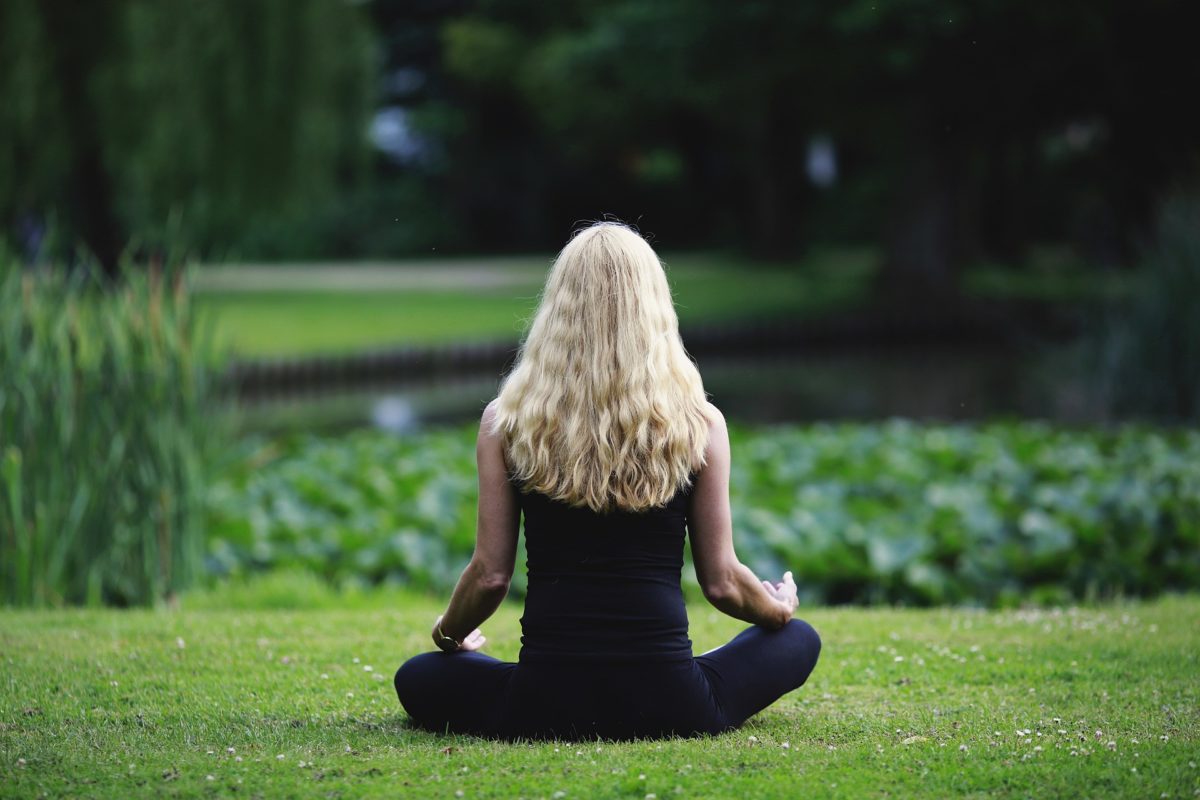Diana Winston recently provided a meditation podcast on Opening to Joy. She reinforced that mindfulness is about openness to the present moment in a curious and non-judgmental way. Diana thought that this particular meditation is relevant in December when we are constantly being exhorted to be “joyful” – when many of us are experiencing emotions other than joy owing to anxiety, depression, or serious setbacks (physical, emotional or financial) at this time of the year. It is also a time when we can experience extreme levels of exhaustion if we have been working intensely throughout the year or spending lengthy and stressful days as a carer. Diana offered this guided meditation as Director of Mindfulness Education at UCLA as part of the weekly meditation podcasts presented by MARC.
We can find that at this time of the year our negative feelings can be magnified as the pressure of family celebrations mounts, distressing memories of recent (or even long-past) adverse events well up or existing painful emotions such as loneliness become intensified because we are feeling left out or overlooked or misunderstood or marginalised. Some people have very recently lost family members as a result of bush fires, car accidents, or other misadventures – while others experience recollections of these devastating events occurring at this time of the year in the past. It takes a lot of time, focus and energy to heal the wounds of past trauma.
Diana encourages us to be kind to ourselves through self-compassion as well as to show compassion for others. She encourages us to explore mindful approaches to equanimity to allow peace and joy to re-enter our life if we are experiencing negative emotions or distress. To this end, she is offering an online course Cultivating Forgiveness as part of the many courses presented by MARC.
Encouraging joy in your life through mindfulness
When we practice mindfulness, we are opening ourselves to joy and contentment – to experiencing what is, in an accepting and kind way. It does not have to be a laugh-out-loud happiness but can be something small and subtle. Joy can range from something that is profoundly felt to a simple sense of being content with life at the present moment. It can be the sensation of mindfully taking a walk by the sea, drinking a cappuccino, being fully present and mindfully listening to someone – joy can happen just by being fully here and showing up in our lives. The act of gratitude for the positive things in our life – savouring our child’s development, our achievements, our friendships – can release us from unease or resentment and let joy into our life.
A guided meditation on cultivating joy
Diana provided a specific guided meditation on how to cultivate joy in your life during the podcast. The basic steps are as follows:
- Begin by experiencing being grounded through your feet on the floor, your thighs resting on the chair, your back upright but not strained – developing a sense of stability and being supported.
- Progressively scan your body and loosen any muscle that may be tight or tense including your feet, legs, arms, wrist, neck, shoulders, shoulder blades, lower back and your face and forehead – your whole body, opening to a sense of well-being and ease. You can take deep breaths as you progress with your scan and use the outbreath as a way to release tension and let in ease.
- Now focus on something that will serve as an anchor in the event of distraction – the sensation of your breathing in some part of your body or the sounds in the room (without interrogation of their nature, source, volume or pleasantness). You can also use the dual process of focusing on the sensation of your fingers being joined while at the same time experiencing your breathing in some part of your body where your attention can focus. When you experience distractions such as planning, thinking, evaluating or worrying, redirect your mind to the present and your anchor to stay with the sense of ease, rather than the experience of unease. This process of redirecting attention builds your awareness muscle and increases the prospect of experiencing joy in your life.
- While you are being anchored through your breathing or sound, be conscious of the peace or contentment you are experiencing. Pay attention to the joy that arises from being mindful – being fully in the present moment with openness and curiosity and wonderment.
- Now focus in on a specific, recent experience of joy – e.g. being with a loved one, sharing an experience with a friend, enjoying company over lunch or dinner, walking in a rainforest, or enjoying the sense of competence when playing tennis or any other sport. Try to recapture the moment, the sensations, feelings, thoughts and the resultant joy – stay with these feelings and positive thoughts. You can express gratitude for being able to have such an experience and to have the capacity to recapture it.
The art of cultivating joy flows from our conscious efforts to develop mindfulness and live our lives as fully as we can in the present moment.
Reflection
We can cultivate joy in our lives through mindfulness practices, meditation, reflection and expressing gratitude. A meditation specifically designed to cultivate joy can assist us to grow in mindfulness and, as a result, more frequently capture and savour the experience of joy in our everyday lives. We can cultivate joy by being mindful in our words and actions.
___________________________________________
Image by Daniela Dimitrova from Pixabay
By Ron Passfield – Copyright (Creative Commons license, Attribution–Non Commercial–No Derivatives)
Disclosure: If you purchase a product through this site, I may earn a commission which will help to pay for the site, the associated Meetup group and the resources to support the blog.









